 Monte Alban or Mitla?
Monte Alban or Mitla?
If you have to choose between Monte Alban and Mitla the answer is simple: Monte Alban. It’s the more spectacular of the two sites.
But having said that, both sites are worth seeing: each is different in many ways, starting with the purpose of their existence. So if you have an interest in Mexican archaeology and the history of the Zapotecs then they’re both worth a visit.
Another thing: both can be seen in one day. That’s what we did. And we did it on our own using public transport.
In this post I’ll cover both sites and give you some tips on visiting them.
Monte Alban
Monte Alban is spectacular, not just for its ruins but for its spectacular location at the top of a mountain overlooking the valleys below.
It was the center of the Zapotec empire, an indigenous people mostly located in the Oaxaca region. The city was founded around 500 BC which was around the same time that Mitla (more on that later) also started to gain importance.
Monte Alban was built over 3 phases, reaching its peak from about 350 and 700 AD when it had a population of around 25,000. The Zapotecs built temples and palaces, practiced human sacrifice, and were the first civilization in Mexico to use writing and have a written calendar. Monte Alban had evolved into a highly organized, priest-dominated society that controlled the extensively irrigated Central Valley and its 200 or so settlements.
Around 750 AD (or 900 AD. There seem to be different timelines), Monte Alban was abandoned by the Zapotecs. The reasons why are unknown. The Zapotecs migrated to other locations such as Yagul, San Jose Mogote and Mitla (which would become the new Zapotec capital).
But it’s more than the history, it’s also the setting that makes Monte Alban spectacular. It’s a highlight of a visit to Oaxaca.
A short video of Monte Alban
Mitla
While Monte Alban was the political center of the Zapotecs, Mitla was the religious center. Mitla means “Place of the Dead”. And while Monte Alban was built on a high ridge overlooking the valleys, Mitla was built on a valley floor.
Mitla has a longer history than Monte Alban but really only became important during the time Monte Alban came into prominence.
Much of the structures at Mitla are similar to those at Monte Alban, being made of stones, sand and plaster. Some of the large stones, such as those used as columns and lintels, weigh as much as 18 tons.
There are 5 primary groups of structures at Mitla, the most important being the “Churches Group” (in the middle of where the church of San Pedro now sits) and the “Columns Group” which is just a few steps away. The Columns Group is the most impressive of the structures and appears to have been the most significant – it is here that tombs were hidden within the buildings. Both these groups were classified as palaces, containing open courtyards which were surrounded by rooms within the structures.
Besides its connections to the underworld, Mitla is known for something else: the geometric friezes found all over the site. The mosaics you’ll see are made with small, finely cut and polished stone pieces that have been fitted together without the use of mortar. Nowhere else in the Americas has this pattern been found.
While Mitla was the religious center during the period of Monte Alban, it didn’t disappear from existence as Monte Alban did. Instead, it became the new capital of the Zapotecs and reached its height following the fall of Monte Alban. By 1000 AD, the Zapotecs were under the rule of the Mixtecs. Mitla was still a major population center when the Spanish arrived in this area in the early 1500’s.
In the 1550’s, much of Mitla was destroyed by the Spanish (they felt that it held too much power over the local population). Much of the remains were used to build the church of San Pedro which was built over parts of the ruins. Today, the ancient city is little more than a few remnants spared by the Spanish.
Note that San Pablo Villa de Mitla (the name of the town containing the archaeological zone of Mitla) is one of Mexico’s Pueblos Magicos. It’s not a beautiful place but it’s not an ugly town either. There’s a colorful main square with the Mitla sign and the town hall. You’ll see pretty murals, tuk tuks (something you don’t see that much of in Meixco) and some souvenir stores and restaurants.
A short video on Mitla
Transport to/between Monte Alban and Mitla
Getting to Monte Alban
We took a taxi this time which took about 20 minutes and cost us 250 pesos (November 2023).
The last time I came I had taken a shuttle bus from the Hotel Rivera which is located close to the Mercado 20 de Noviembre. Going online, I see they charge 90 Pesos return and that buses leave every hour at the top of the hour.
We took the taxi because we were a bit further from the market and wanted to get to Monte Alban quickly and early.
But coming back to Oaxaca we took the shuttle bus (they leave regularly from Monte Alban) and if I remember right we paid 100 pesos for the 2 of us.
Getting to Mitla
When we came back to Oaxaca (we mentioned to the driver we wanted to go to Mitla), he dropped us off at the FYPSA Autobuses Fletes y Pasajes. It’s located next to the Central de Abastos de Oaxaca.
From that bus terminal, we took a very cheap bus to Mitla. It took about an hour and 15 minutes, most of the time spent negotiating through Oaxaca City.
When you get to Mitla, the stop for the ruins (which is also the stop that takes you to the center of town) is along the main highway. Don’t worry, it’s where everyone gets off. Even if you somehow end up staying on the bus, the next stop (the Terminal De Autobuses Fypsa/Goma) is just a few minutes down the road. From here it’s about a 20 minute walk through town to the archaeological site (Tip: take a tuk tuk).
Note: when we went back to Oaxaca, we caught the bus at the same place we were dropped off (ie. in the direction of Mitla). The bus went to the bus terminal where a whole bunch of tourists came on. Most had to stand. Then the bus turned around and headed back to Oaxaca.
Summarizing…
Seeing both Monte Alban and Mitla in the same day made for a full day. It involved a lot of walking. But if you like history, it is worth it. Both sites are fascinating and really it isn’t hard to see both in a day.
Related: Oaxaca City: the good and the bad
Related: Is San Luis Potosí worth Visiting?


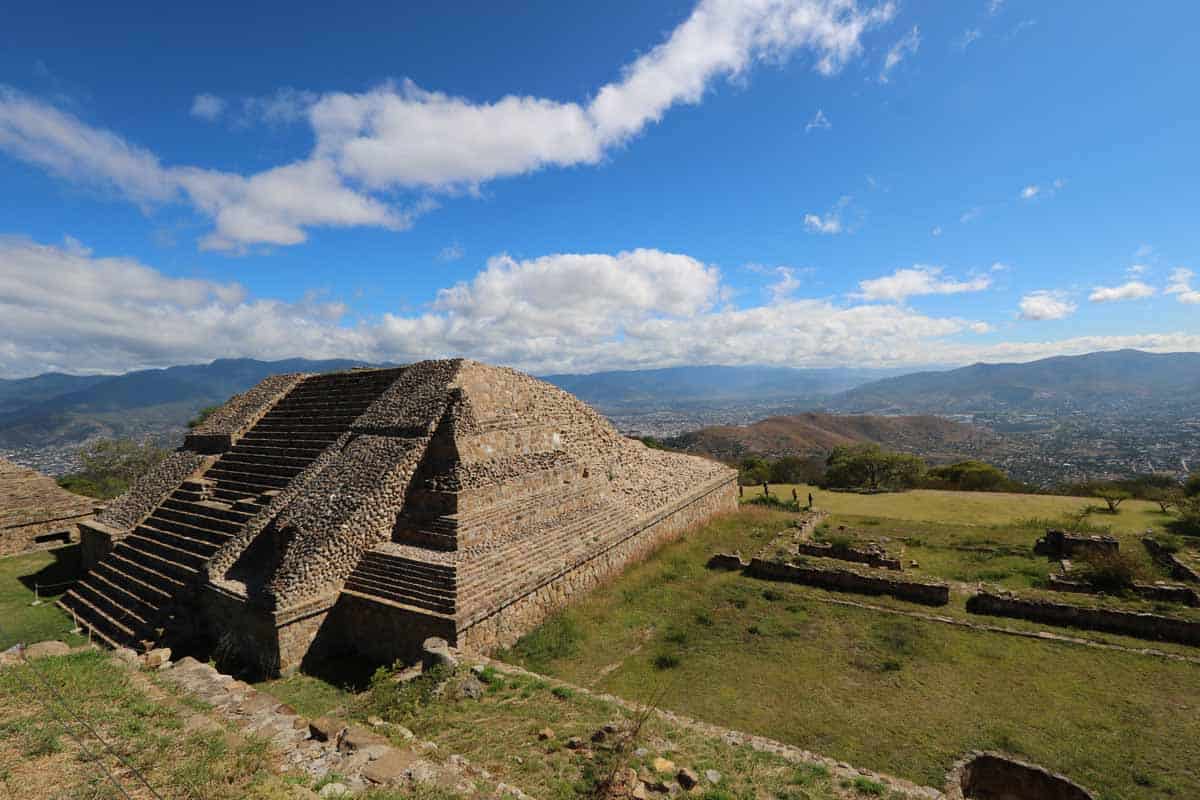
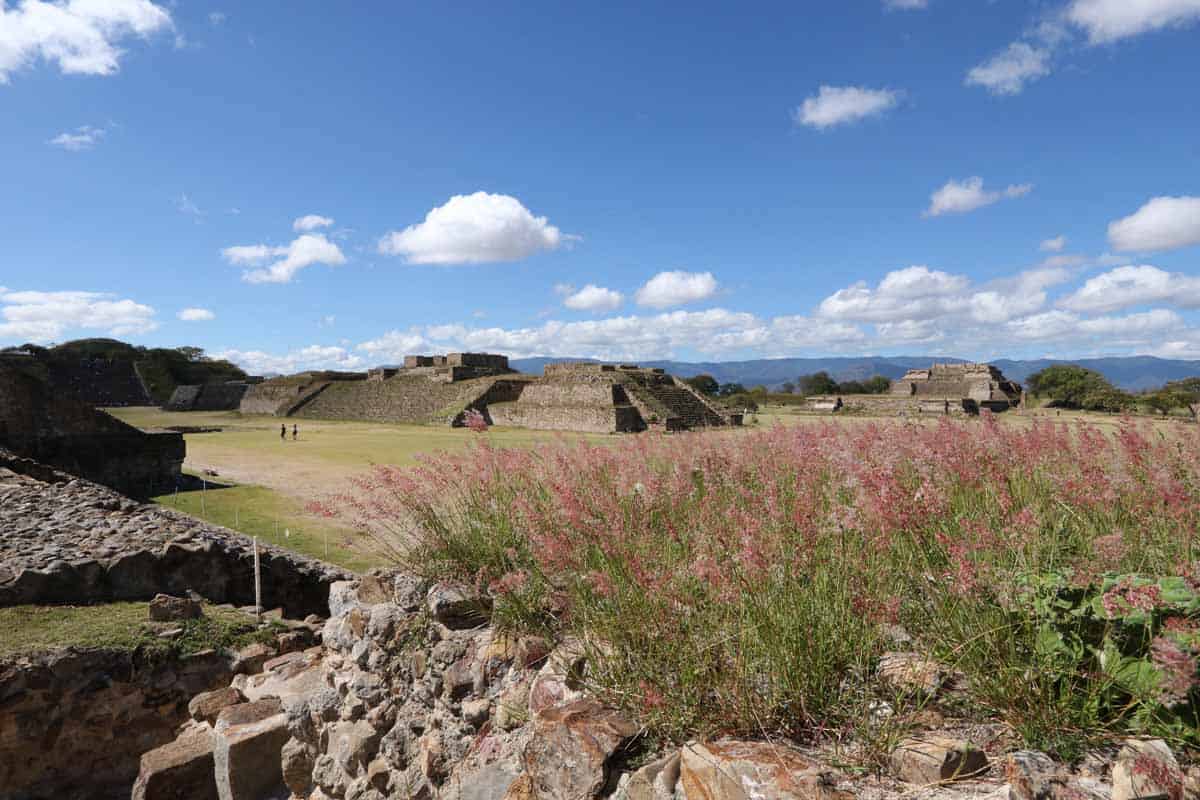


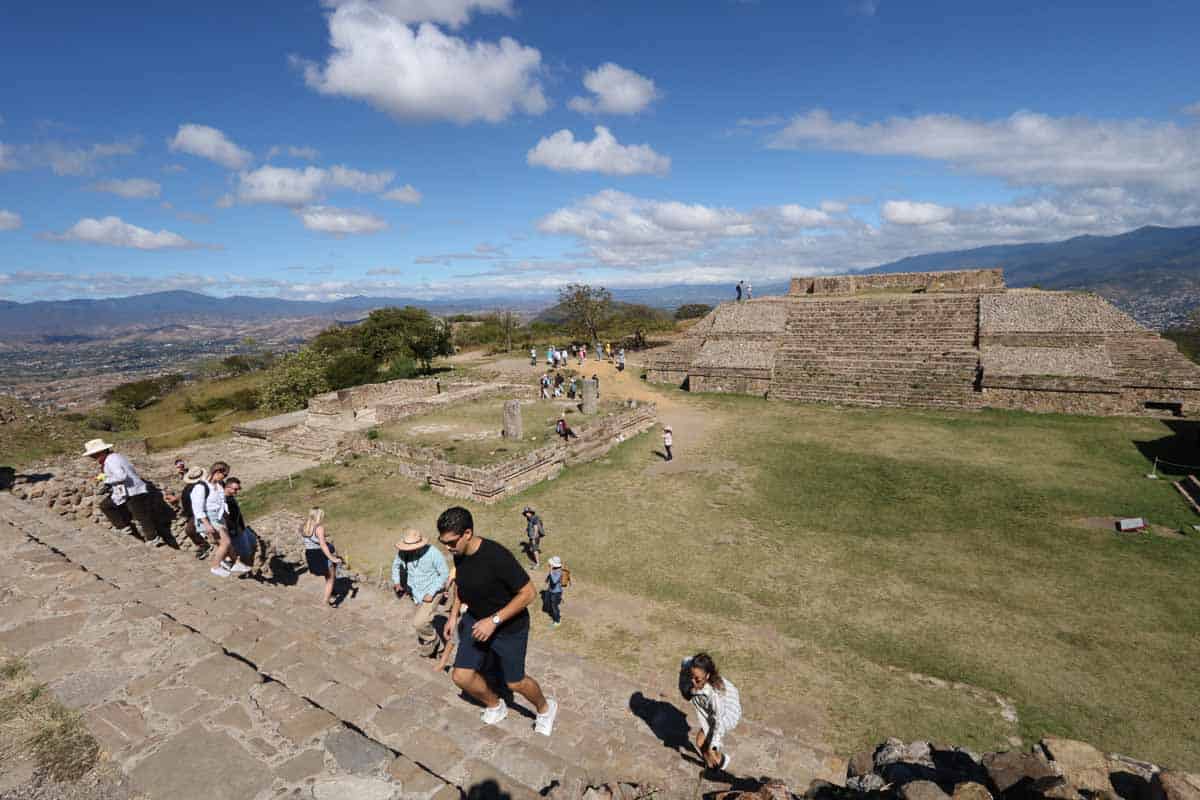
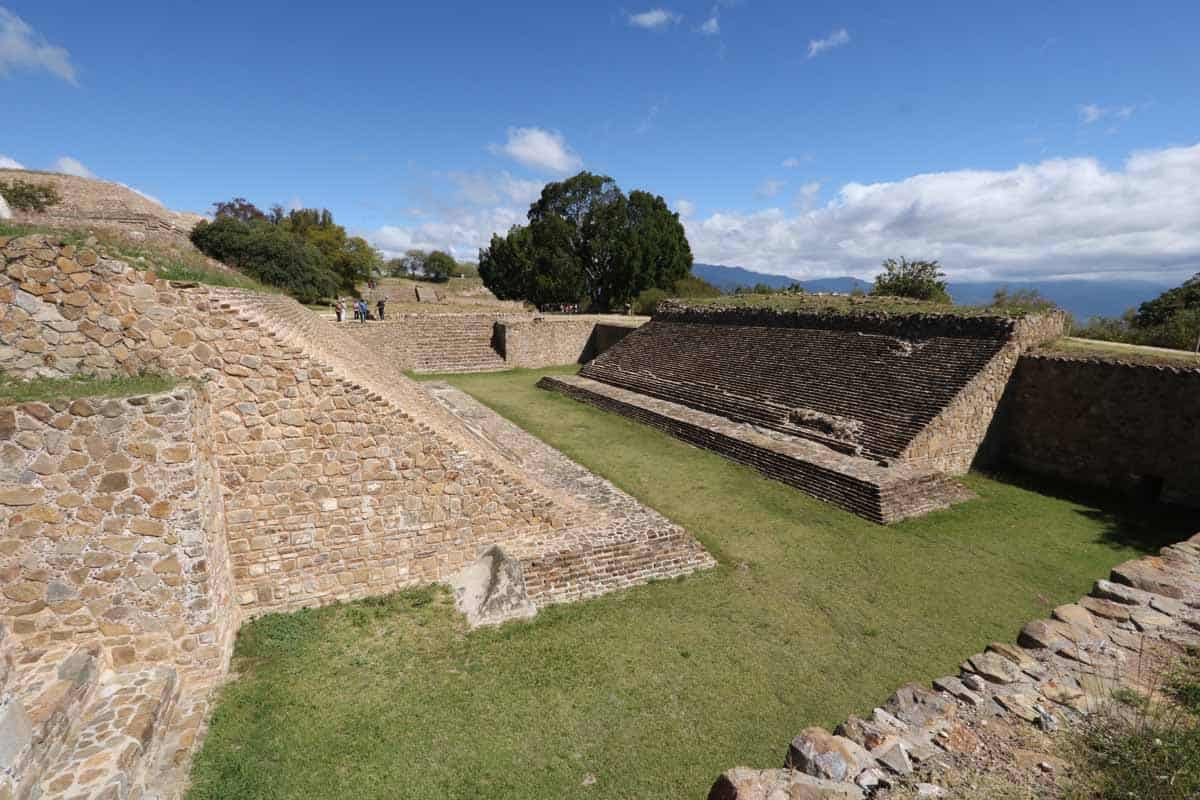
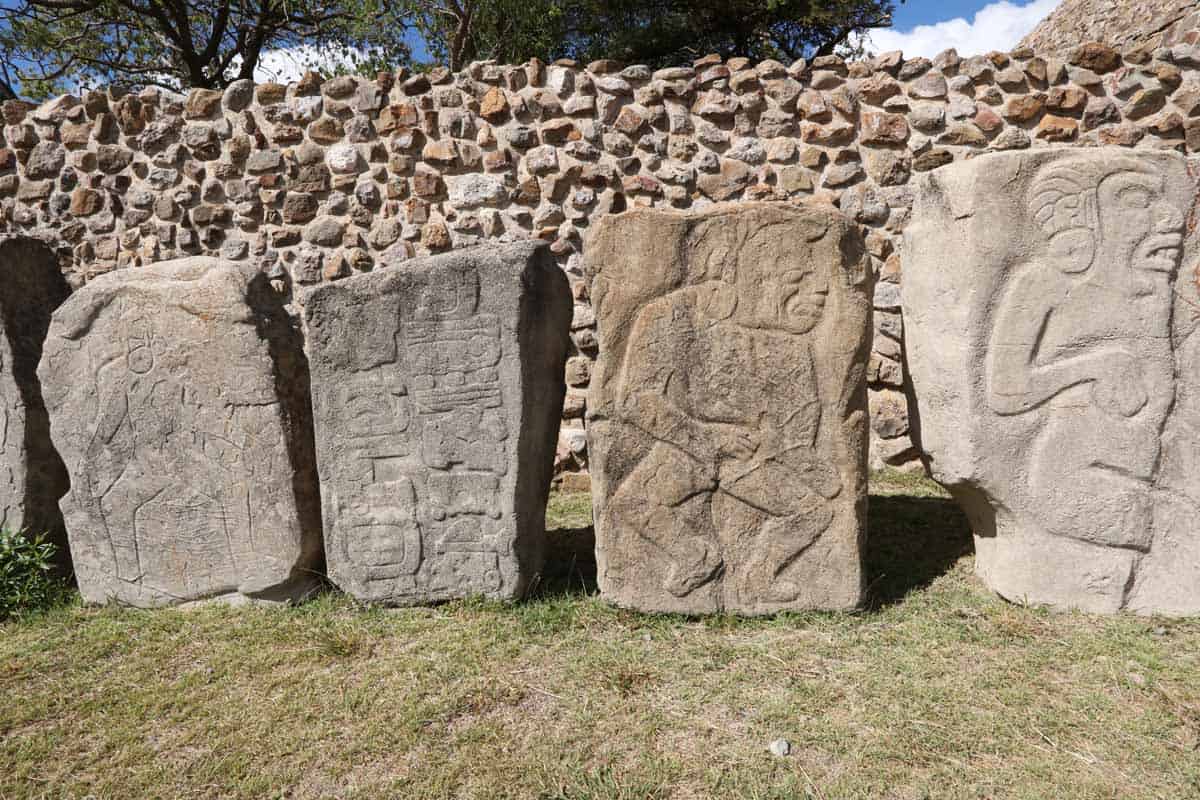

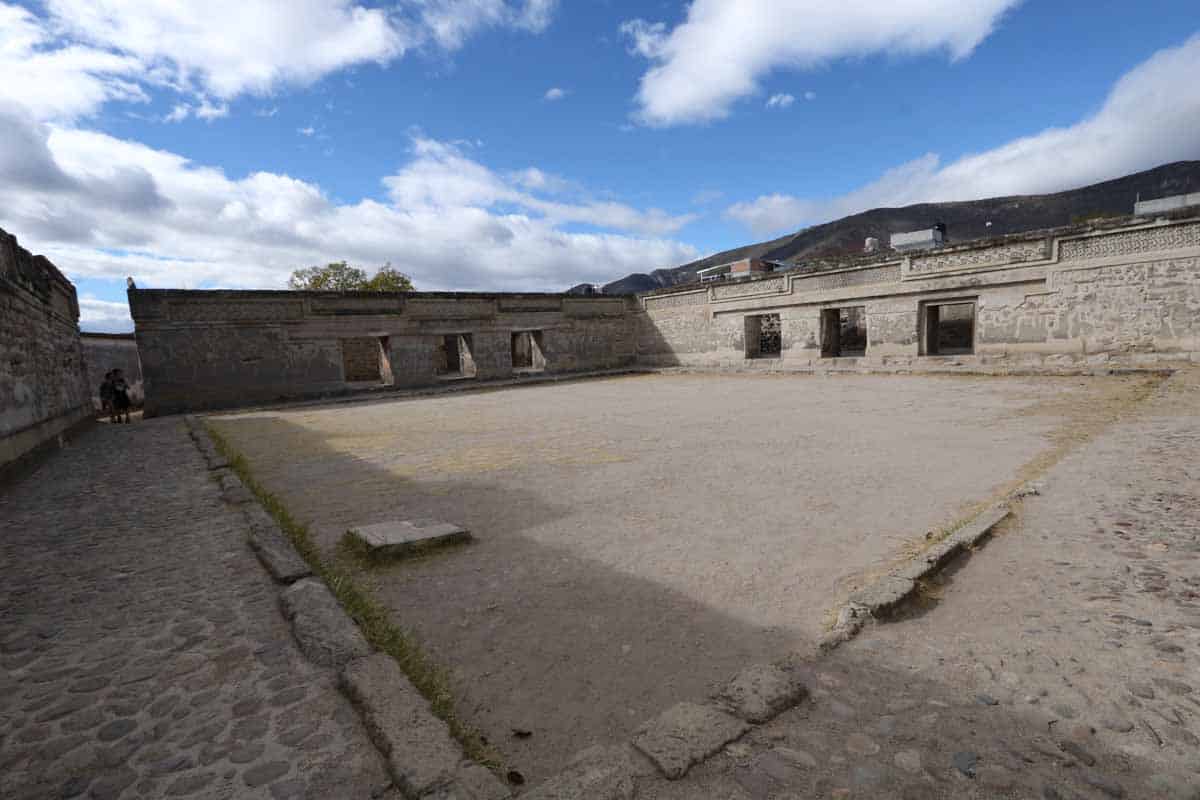
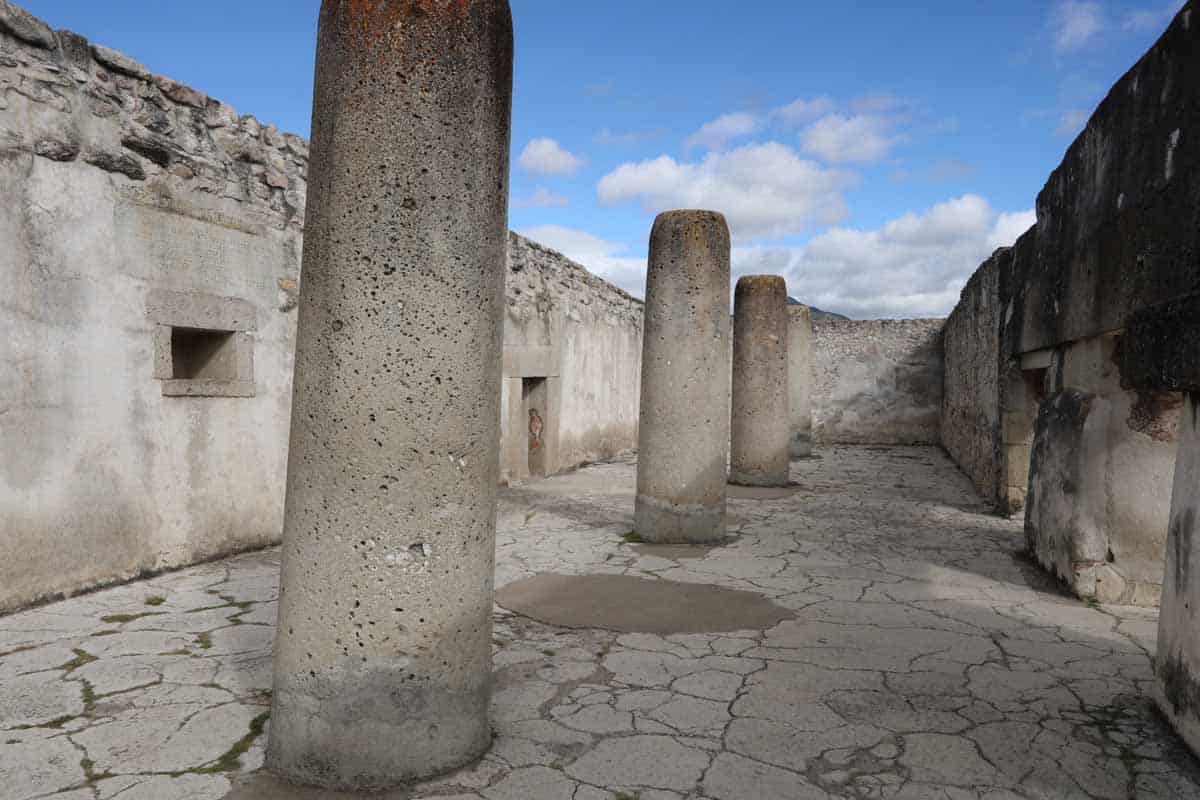
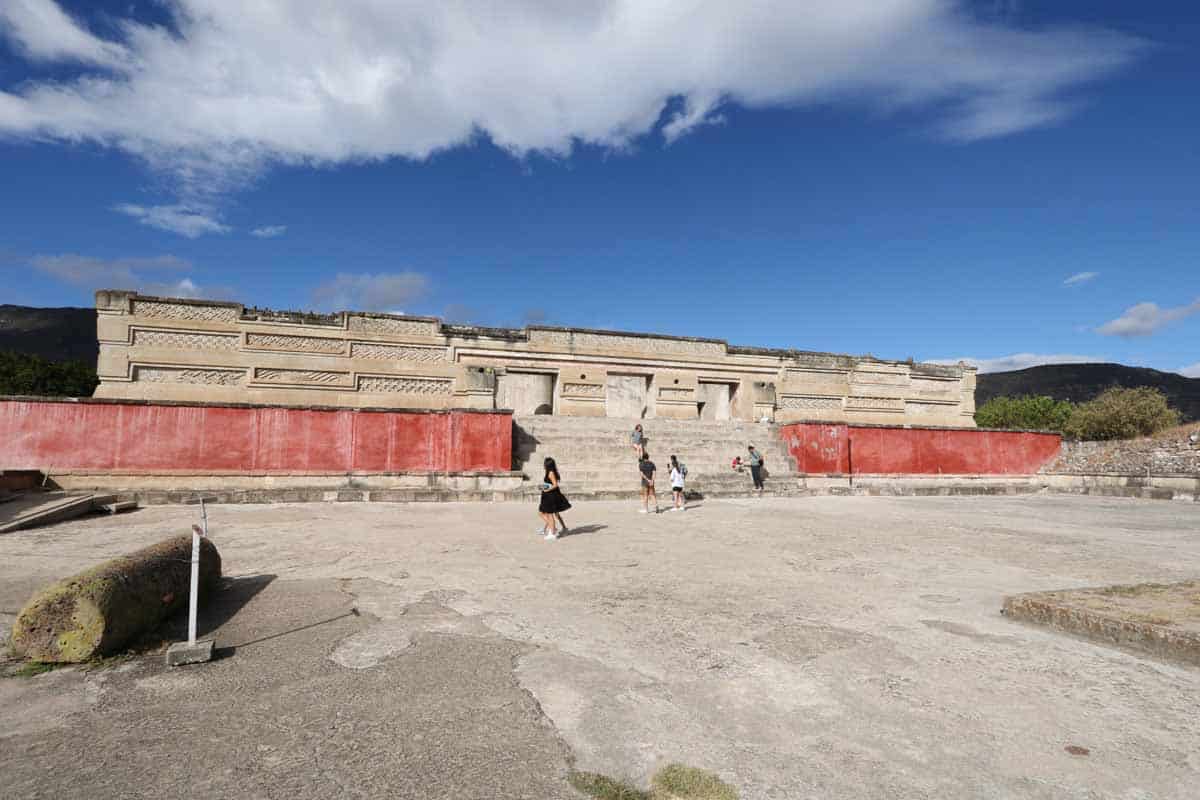
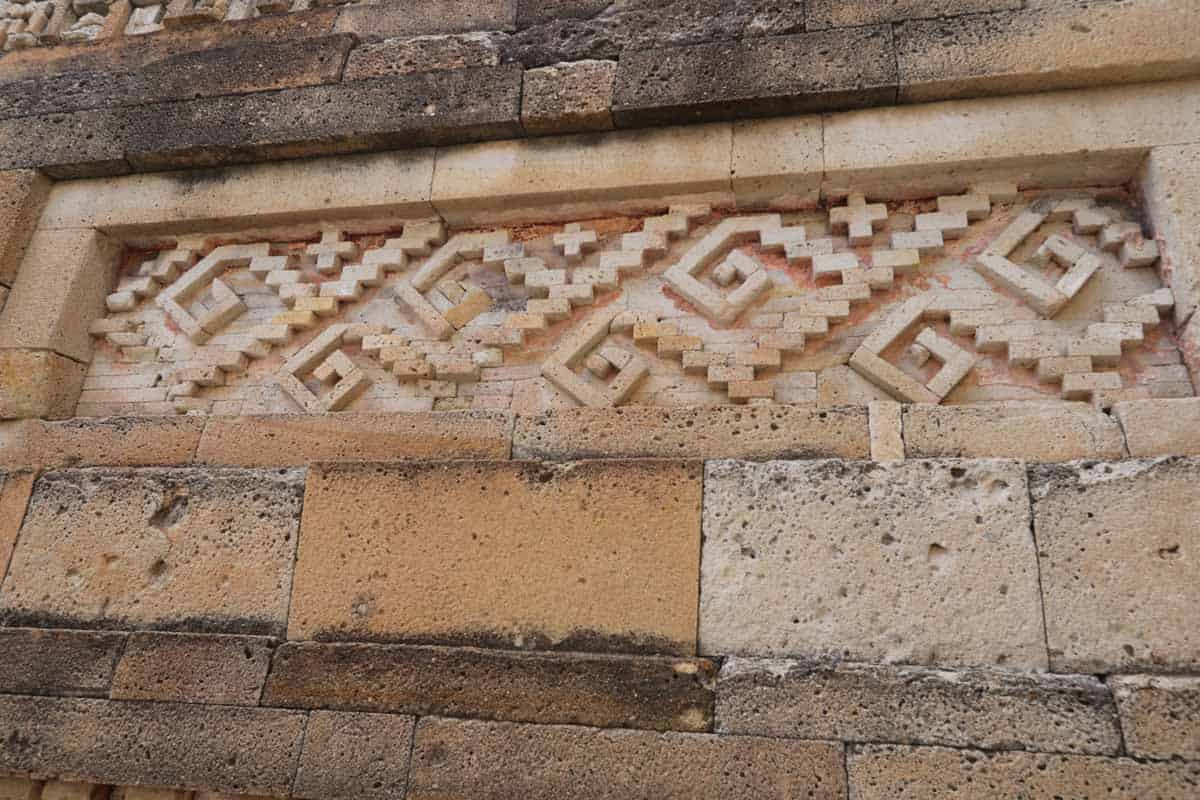

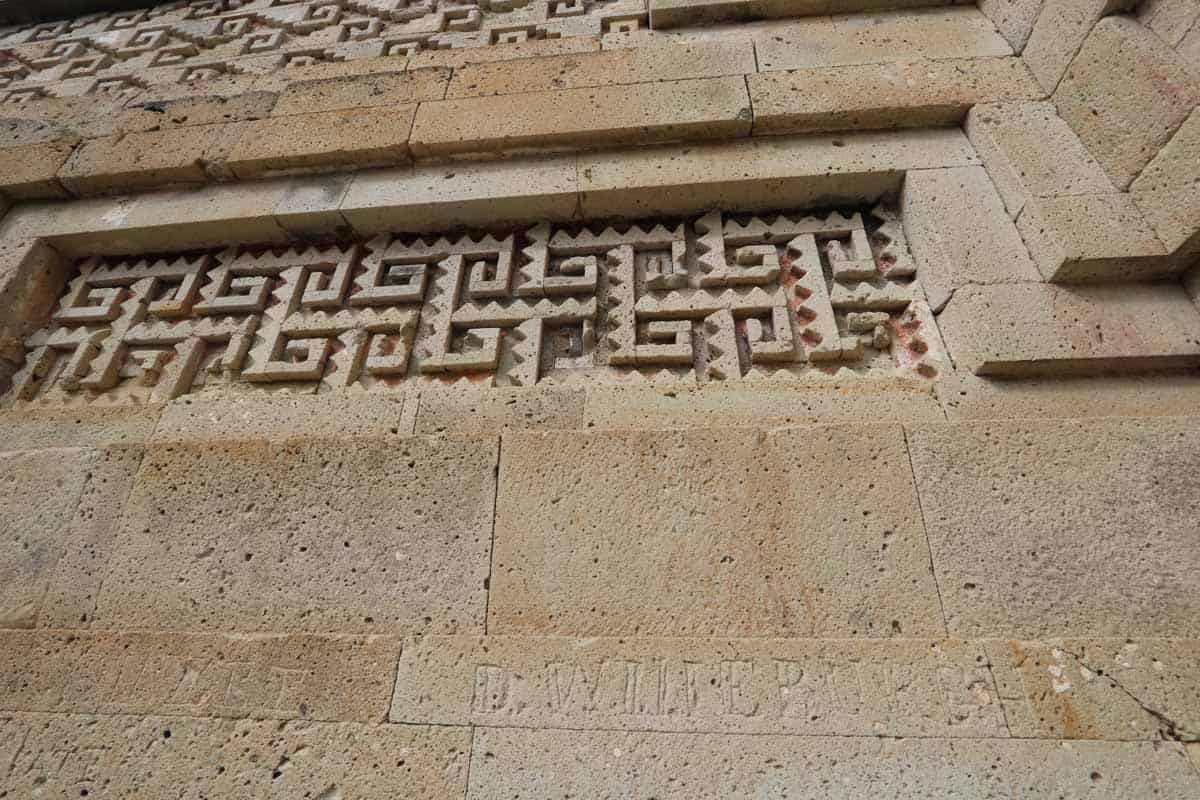

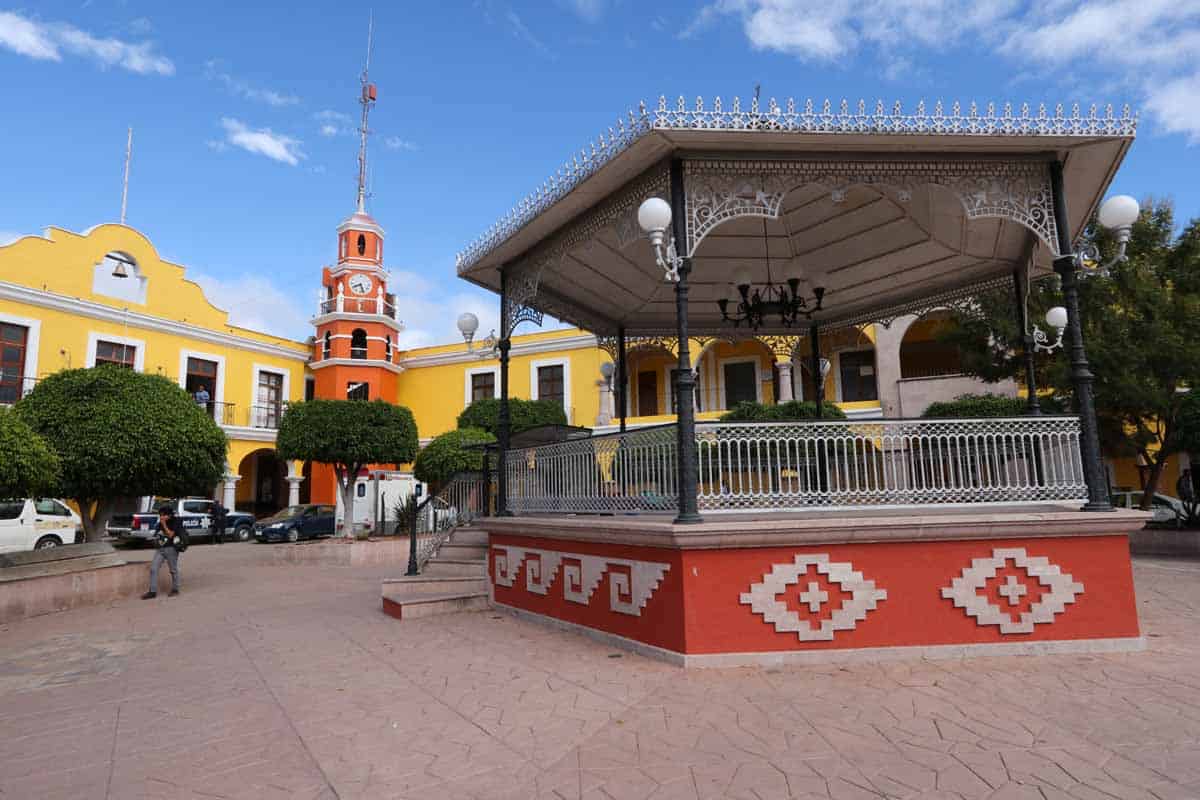
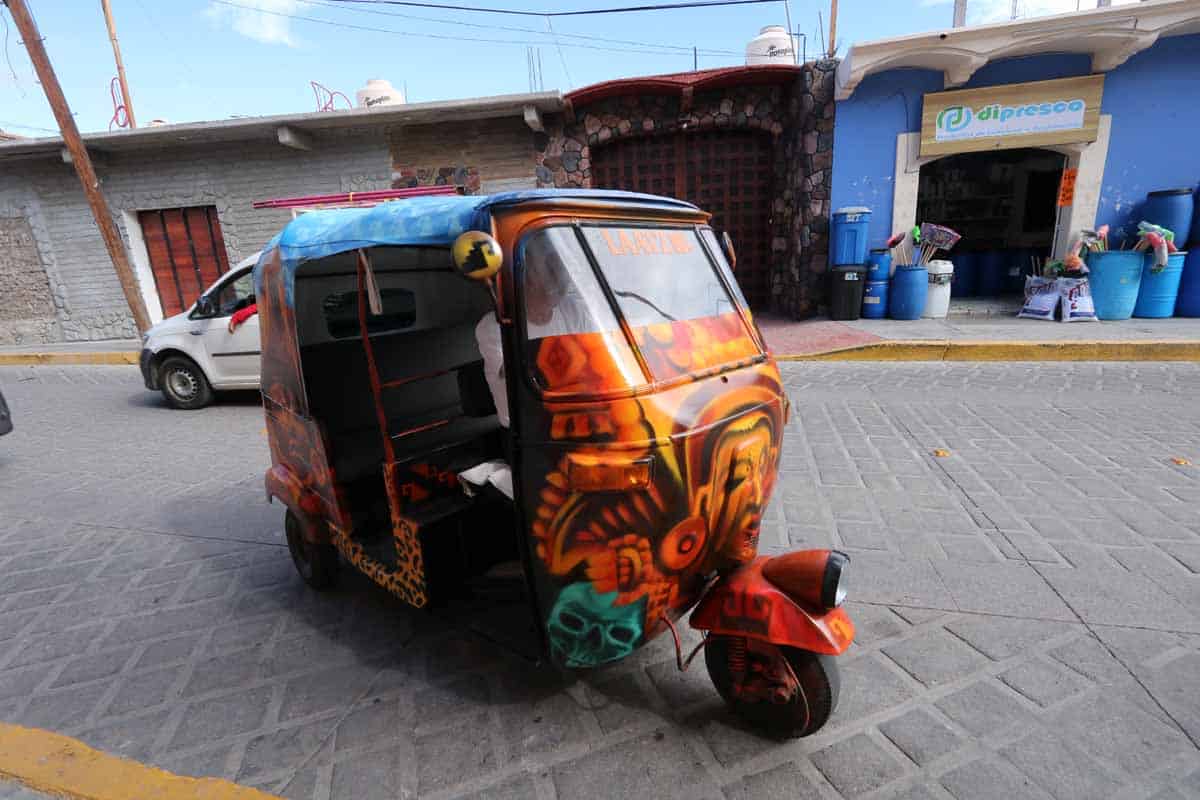
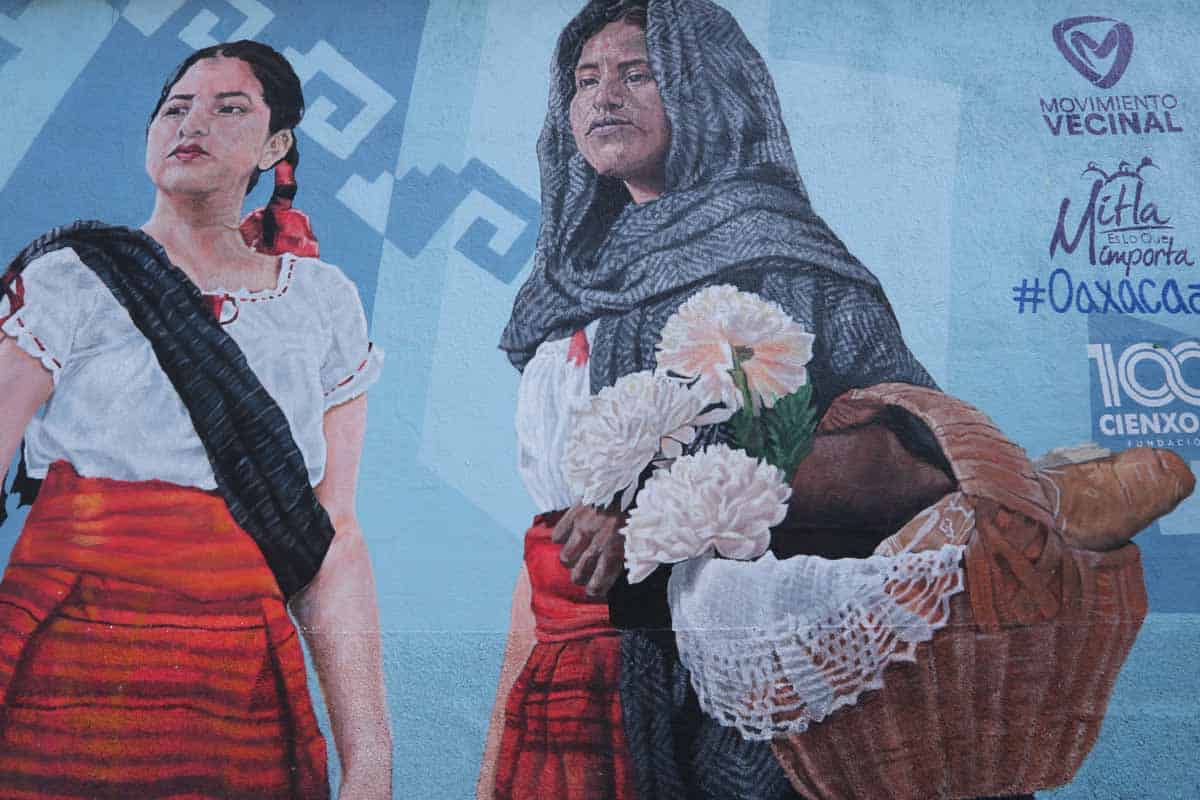

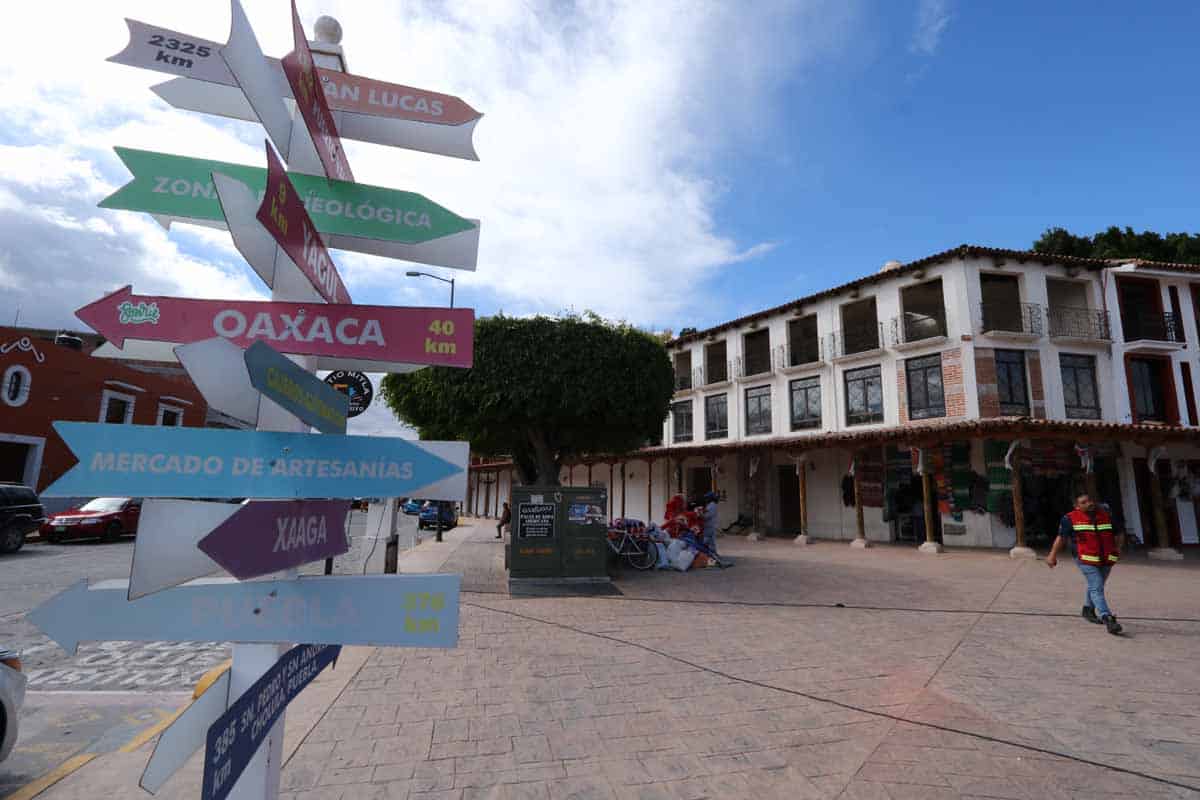


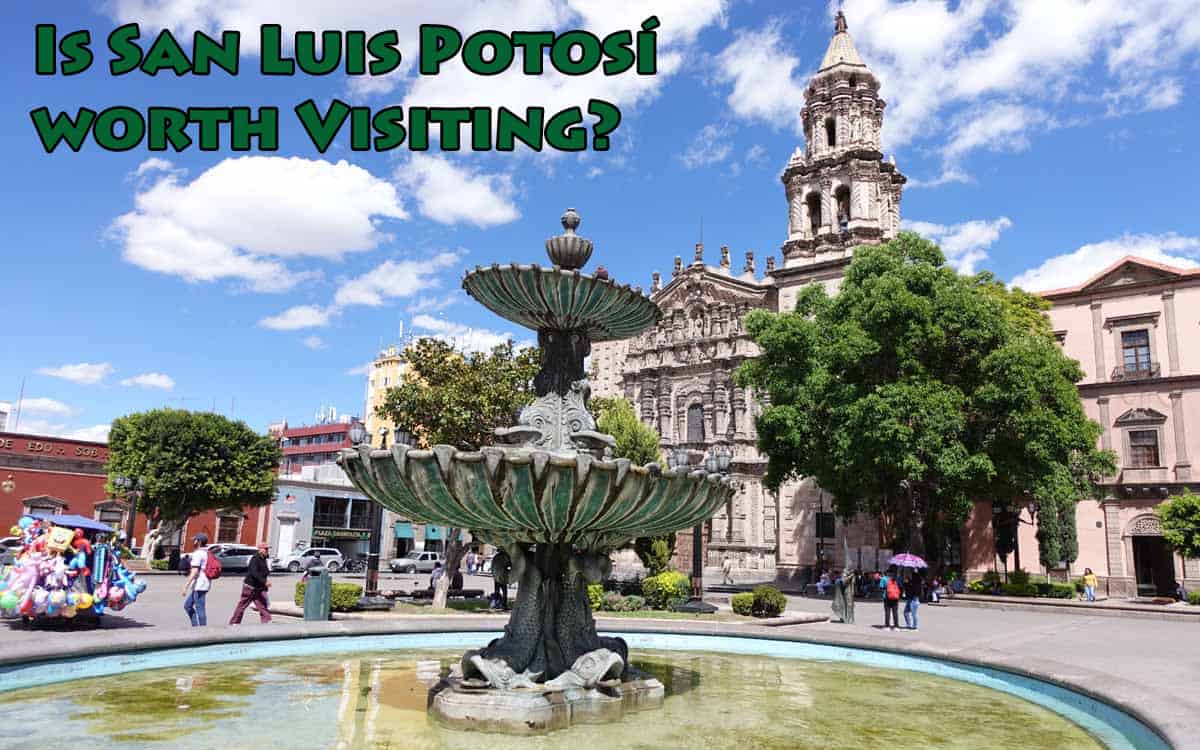
Leave a Reply